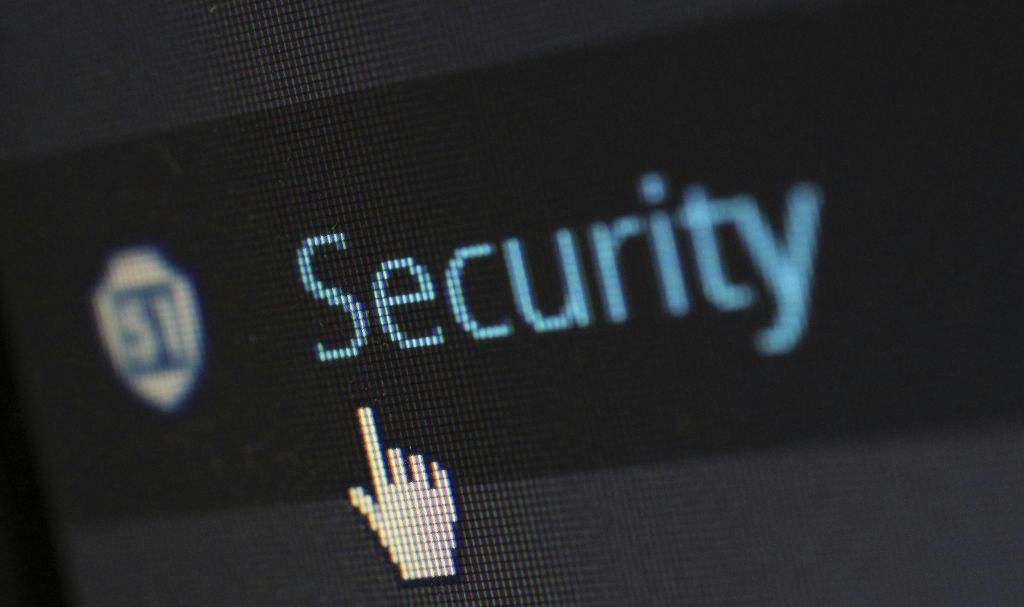The Essential Guide to Safeguarding Your Business’s Sensitive Data
5 Mins Read
Published on: 16 May 2025
Last Updated on: 18 November 2025

In the current digital landscape, protecting business information is more than just a recommendation; it’s necessary. Data breaches and unauthorized data access have become prevalent, with potentially catastrophic ramifications for businesses of all sizes.
These breaches can result in financial losses, reputational damage, and significant legal consequences. Therefore, data security should be a top priority, not just as a defensive line but as a strategic asset to build trust and compliance.
Regularly ensuring robust document management is one of the actionable steps businesses can take to fortify their defenses.
Identifying Vulnerable Data

To protect business data effectively, it is crucial first to identify what constitutes sensitive data. This category typically includes personal customer details, intellectual property, proprietary business processes, and internal communications. The visibility of these assets often makes them targets for cyberattacks.
Additionally, businesses must recognize common vulnerabilities, such as unsecured personal devices and poor network security, which are prime targets for cybercriminals.
In some regions, like those handling document management in Concord, addressing these risks involves complying with local data handling standards and ensuring secure storage and access protocols.
Understanding these vulnerabilities and how data can be compromised is the cornerstone of any data protection strategy.
Strategies For Protecting Business Information
In the current business landscape, you should develop a solution that can help your business protect its documentation and sensitive information. This is where strategies for protecting business information come into play.
In this article, we will be looking at some generalised measures that you can take to protect your business. However, every business comes with its own risks and opportunities. Hence, if you are in a niche-specific business with specific requirements, this article might not be expansive.
Here we go!
Educate The Staff
Your staff is the first line of defense. Think about it: You might have the best IT team, firewalls, security arrays, etc. However, your staff is underequipped or has limited knowledge about how to use the system. This can lead to catastrophic results, like accidental leaks.
Beyond staff training, IT consulting in St. Louis helps businesses improve their systems, streamline workflows, and put practical safeguards in place. Expert support ensures your IT setup stays secure, reliable, and aligned with your business goals while making technology easier for your staff to manage.
A Verizon study stated that around 68% of corporate data breaches are caused by the ‘human element.’ Therefore, the foremost thing you must do is get the staff up to speed about the necessary checks and balances they must maintain.
The best way to plug this gap is to identify the skill gap and hire a cybersecurity specialist to help you. They can identify the weak links and proceed accordingly.
Setting The Internal Control
Honest mistakes are okay. They can be corrected by training employees, but employee fraud is in a different league altogether. The only way to deal with this is by setting internal guards and controls.
With proper checks and balances, you can also safeguard your company from internal threats. Some of the key ways you can introduce effective checks and balances are:
- Limiting permission according to designation creates a sense of compartmentalisation. This prevents employees from accessing sensitive data and helps protect business information.
- Restricting employee data is another way to deal with the problem. Only give data access to people who need it to fulfill their duties, such as HR, IT, or Finance.
- Implement system logs to keep tabs on who is accessing what data and for what purpose.
- Implement an IT vigilance department that will monitor all your employees’ online activity.
The methodology sounds archaic, but it can and will produce results in your favor. Therefore, ensure these checks from the get-go.
Update The Software
No application is perfect or secure. As a result, developers keep rolling out updates. These updates are crucial and improve the overall essence of your cybersecurity. Still, people skip this and miss out on updating software and ensuring the array is airtight.
Update your software to get the best security. Give the IT or IT support team a strict mandate to keep all security and software applications updated and running at optimal settings.
Furthermore, make it mandatory for the team to choose a vendor that releases updates regularly. If a vendor has not released a scheduled update or has not supported the application in over a year, it is time to change it.
Complicated Passwords
This is probably one of the oldest tricks in the book, but complicated passwords have been saving people for years. Updating your password is one of the easiest ways to ensure security.
The best way to do this is to choose a software array that keeps updating its passwords. These allow companies to keep the data safe and secure without much hassle and problems. However, remembering all the passwords without noting them down can be a tedious task.
Biometric authentication is a great alternative to passwords. To access secured data, professionals must enter biometric keys, such as fingerprints or facial recognition.
Guard The Wireless Network
In the current corporate landscape, wireless is a very useful tool. Unfortunately, this is also one of the biggest breach points hackers use. Your WiFi vendor has certainly sold you the routine that the network is unbreakable, or something similar.
However, those lies were simply a part of the sales pitch and nothing else. Therefore, do not fall for that and leave your network unprotected. Here are some means that you can use to make the network more secure:
- Centralize password access for devices that change after every interval.
- Keep your network hidden from external elements.
- Follow a strict SOP of allowed devices.
Keep An Archive Of Physical Documentation
Another old and trusted means of keeping data secure is to have a failsafe program. Ensure that the program is responsive and can trigger a data wipe. However, to ensure no data loss, maintain a physical documentation archive.
This tried and tested method can help your company keep its data points secure and even allow for recovery via traditional means. Therefore, consider including this process today!
The Future Of Data Security
We cannot predict the future of protecting business data. However, we can anticipate that companies will need to revamp their software security strategies.
Recent crypto breaches like the Lazarus or equivalent breaches have made businesses realise the urgency of cybersecurity. So if you are an entrepreneur looking to start something of your own, this is a conversation you must have with your IT.



















Comments Are Closed For This Article